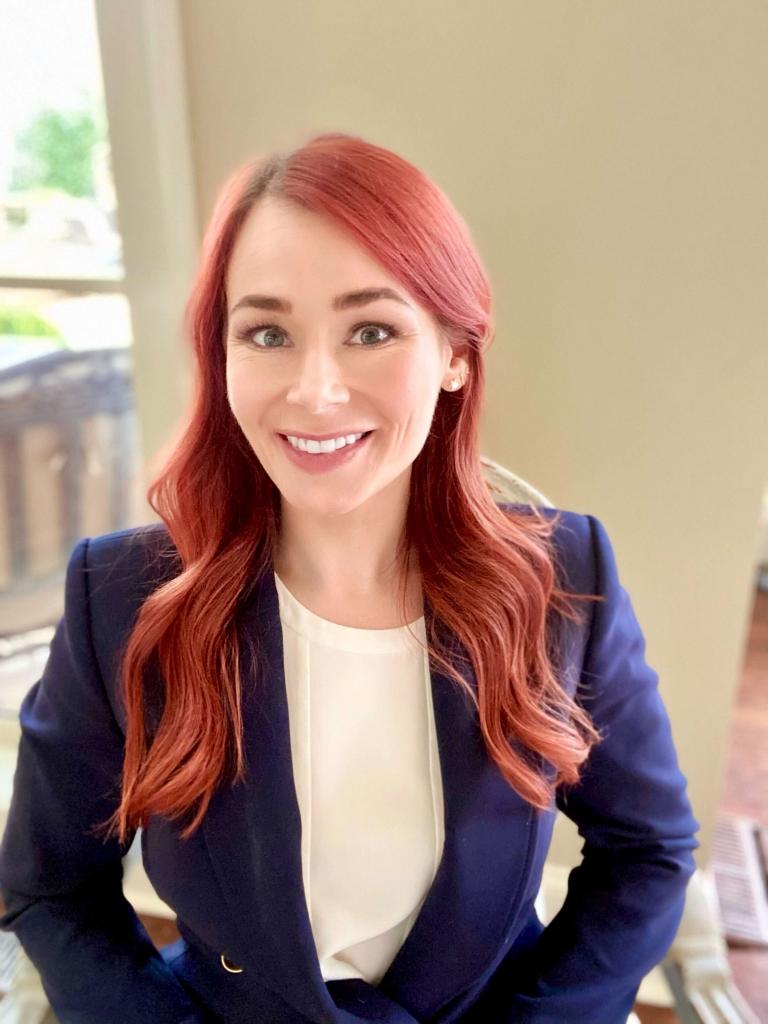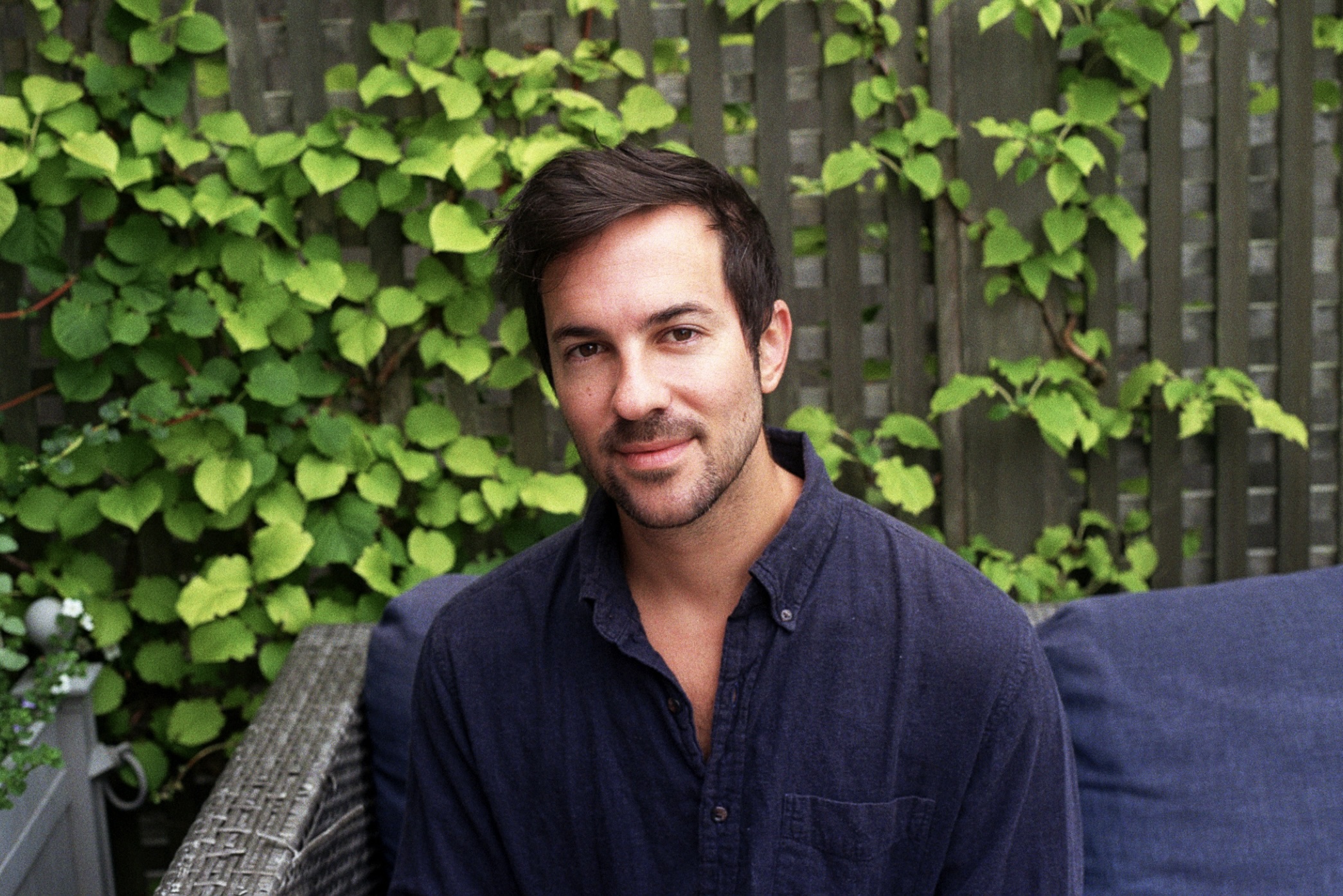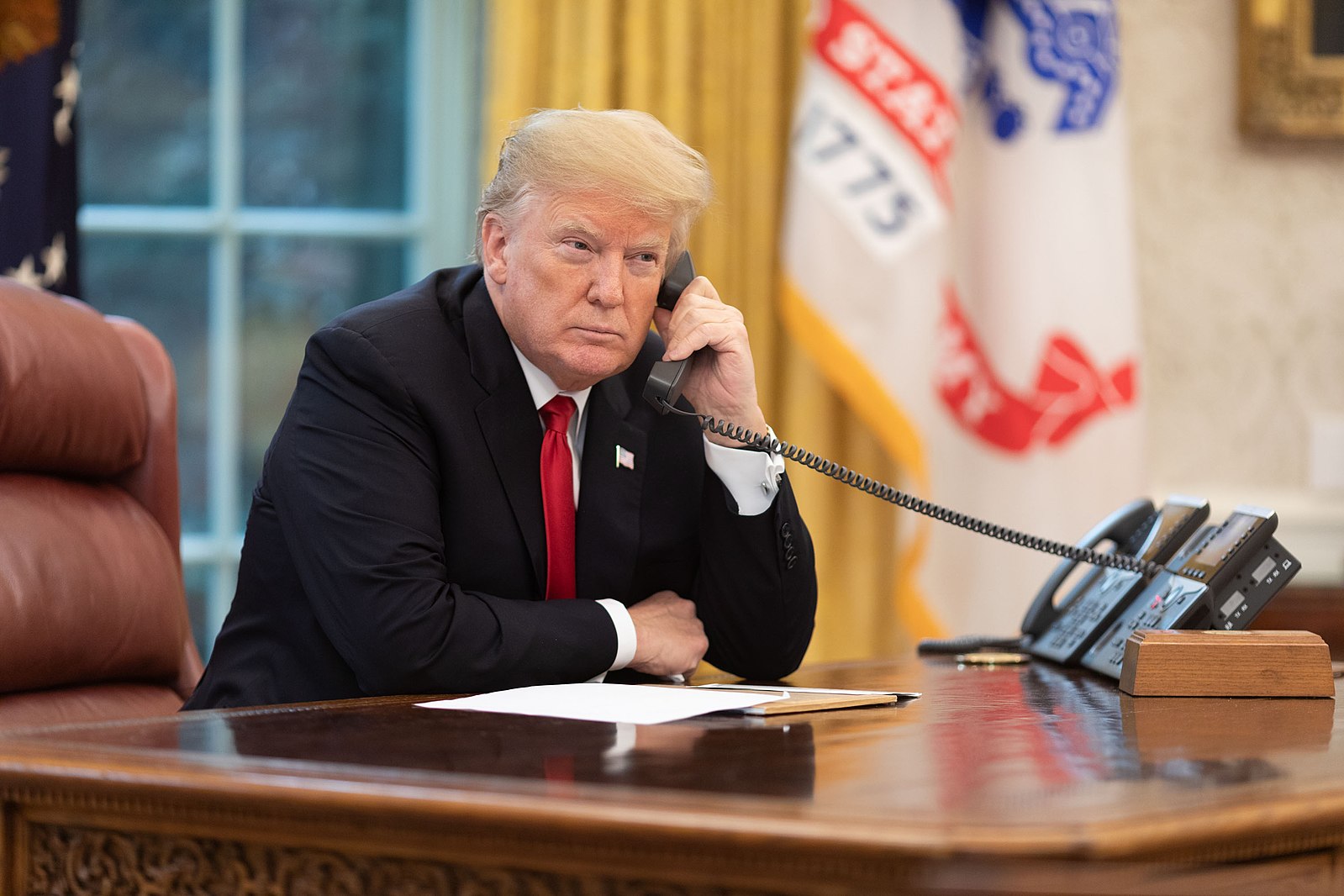And So It Begins: On the First Charges to Drop Against Former President Donald Trump
The New York indictment of Donald Trump is just the start.
-jpg6a2ca0d2dff546be8f5413db94f6245d.jpg?sfvrsn=d7eed0d3_0)
Published by The Lawfare Institute
in Cooperation With

Over the past several days, a debate has raged over the merits of an indictment nobody had seen. Is it a strong case? Is it weak? Is it legally deficient? Is it an outrage that New York prosecutors are bringing a case that should be federal or shouldn’t be brought at all? Is the legal theory by which prosecutors are bumping up misdemeanor records falsification into felonies too much of a stretch? Is the whole thing a witch hunt—an effort to target Donald Trump, rather than to prosecute a crime? Is it a great shamethat this New York case, not something related to Jan. 6 or Mar-a-Lago documents or election interference in Georgia, is the first criminal case against a former president in American history to proceed to indictment?
A great many commentators didn’t bother to wait the few days it would take to actually read the indictment before weighing in at least semi-informed on these questions.
Ironically, even now that the indictment has been unsealed, it’s still too early to answer many of them.
The indictment sought by Manhattan District Attorney Alvin Bragg and released today by the city’s Supreme Court—New York’s confusing name for trial courts—is not a trivial document. And Trump’s defenders should not kid themselves that this case is mere politics. It alleges serious misconduct: plotting to pay hush money to multiple people to avoid electoral consequences and falsifying documents to cover it up. And it does so with an apparently powerful array of witnesses and documents to back it up. This evidence appears both more diverse and more substantial than previously understood.
That said, the precise legal theory underlying the document, as we shall explain, remains somewhat obscure. In a press conferencefollowing the arraignment Tuesday, Bragg rightly said the government had not put all of its cards on the table yet because it does not have to. And both in the press conference and in the document itself, he offered some glimpse into the government’s theory of the case. It will take further litigation, however, to flesh out that theory in the kind of detail that is necessary to evaluate the indictment’s integrity.
The bottom line is that the case unsealed today, like many cases, requires more complete presentation before evaluation. It certainly does not put before the courts the conduct of the former president of most concern to us—there are at least three other ongoing investigations that might present much more serious allegations than the ones the New York grand jury handed up. On the other hand, it would be a mistake to dismiss it, either on legal or factual grounds, without hearing the whole of what Bragg has to say.
An indictment, after all, is only a beginning.
Background
The case traces back to a series of news reports by the Wall Street Journalin 2018 concerning payments made by Trump and his associates to two women in the run-up to the 2016 election. According to the Journal, the women—adult film actress Stephanie Clifford, better known as Stormy Daniels, and former Playboy model Karen McDougal—had planned to speak publicly about their past sexual relationships with Trump. In an effort to prevent them from going public and potentially damaging the candidate’s political fortunes, the Journal reported, Trump “intervened directly” to coordinate significant payments to both women and essentially buy their silence.
The payment to Daniels was made by Trump’s lawyer Michael Cohen. The payment to McDougal was made by American Media Inc. (AMI), the parent company of the National Enquirer tabloid, which paid McDougal for exclusive rights to her story in what is often known as a “catch-and-kill” arrangement—that is, the tabloid purchased the rights with no intention of publishing the story itself. Cohen, the Journal wrote, had promised that Trump would reimburse AMI for the check it cut to McDougal, though neither Trump nor Cohen ever did.
In August 2018, Cohen himself pleaded guilty to a slate of chargesbrought by the U.S. Attorney’s Office for the Southern District of New York, including tax fraud charges and violations of election law related to the Daniels and McDougal payments. Prosecutors argued that the payments—$150,000 to McDougal and $130,000 to Daniels—constituted unreported and illegal contributions to the Trump campaign.
The Southern District of New York continued to investigate the case, reaching a non-prosecution agreement with AMIin September 2018. In 2019, however, the office indicated that it had “effectively concluded” the investigation, suggesting that Trump personally would not be charged. At this point, the Manhattan district attorney’s office kicked off its own investigation, which it had delayed in deference to the federal investigation, and it was this probe that would eventually lead to the indictment of the Trump Organization and its chief financial officer (CFO), Allen Weisselberg,on tax fraud charges in July 2021. After a somewhat tortured back-and-forthover whether or not the district attorney would bring charges, the office finally indicated that it would likely move forward with the case in January 2023.
The Indictment and Statement of Facts
The indictment itself is relatively bare-bones: a simple list of 34 charges of falsifying business records. The statement of facts filed by Bragg’s office alongside the indictment provides far more detail about how the district attorney views the case.
The story, as Bragg tells it, largely overlaps with the facts as previously reported and as set out by the federal government in the Cohen case. But there are some key additional details—facts that are altogether new, and information that had appeared only in news reports but never before in documents filed by prosecutors in a court of law. Most of those details have to do with Trump’s personal responsibility for the payments, a matter about which the federal government remained relatively circumspect throughout the Cohen prosecution. The Southern District’s most forward-leaning statement on the matter came in its sentencing memo in Cohen’s case, where it stated that the lawyer had “acted in coordination with and at the direction of Individual-1”—meaning Trump.
The statement of facts in the current case describes how, from August 2015 to December 2017, Trump—along with Cohen, Weisselberg, AMI CEO David Pecker, and others—allegedly orchestrated the catch-and-kill scheme “to influence the 2016 presidential election by identifying and purchasing negative information about [Trump to] benefit [his] electoral prospects.” (Cohen is identified only as “Lawyer A.”) According to prosecutors, when “Woman 1” (Karen McDougal) claimed in June 2016 “that she had a sexual relationship with [Trump] while he was married,” Cohen, Trump, and Pecker had a series of discussions about paying her off to secure her silence. While the Journal had previously reported on this conversation, the meeting didn’t appear in the charging documents in Cohen’s case.
AMI ultimately made the payment and falsely characterized the transaction in its own books and records. The statement of facts cites “a conversation captured in an audio recording in approximately September 2016” between Trump and Cohen, in which the two discussed obtaining McDougal’s account from AMI and reimbursing the company for its $150,000 payment to McDougal. (This audio was previously reported on in 2018 and is available to listen to here.) Cohen stated on the audio that he had spoken to Weisselberg about setting up a shell company to reimburse AMI—indicating that Trump was aware of the arrangements. According to prosecutors, Pecker signed an agreement to transfer the rights to McDougal’s account to Cohen’s shell company. Before the reimbursement took place, however, Pecker called off the deal after consulting with AMI’s general counsel.
As Bragg frames it, a key date in the story is Oct. 7, 2016: the day that news of the “Access Hollywood”tape broke. “[E]vidence shows that both the Defendant and his campaign staff were concerned that the tape would harm [Trump’s] visibility as a candidate and reduce his standing with female voters in particular,” according to the indictment. Shortly after, AMI learned that Daniels, identified as “Woman 2,” had alleged “she had a sexual encounter with the Defendant while he was married.” Pecker and AMI’s editor-in-chief notified Cohen, who had secured Daniels’s silence in exchange for $130,000 for the rights to her account.
According to prosecutors, Trump directed Cohen to delay making payments to Daniels until after the election, “because at that point it would not matter if the story became public.” Despite Cohen’s attempts to delay the payment, “with pressure mounting and the election approaching, [Trump] agreed to the payoff”—but he did not want to make the payment himself. As the statement of facts described it, he tasked Cohen and Weisselberg to “find a way to make the payment,” after which Cohen agreed he would make the initial payment with an agreement for Trump to pay him back thereafter. To facilitate this payment, Cohen opened up a Manhattan bank account called Essential Consultants LLC, a new shell company, to which he transferred $130,000 from his personal home equity line of credit. On Oct. 27, 2016, Cohen wired $130,000 from the Essential Consultants LLC account to Daniels’s lawyer.
After Trump won the presidential election on Nov. 8, 2016, and before his inauguration on Jan. 20, 2017, AMI released McDougal from the nondisclosure agreement, according to the statement of facts. Bragg states that Trump met with the AMI CFO to thank him for his work in keeping McDougal silent.
Around January 2017, Trump met with Cohen and the AMI CFO to discuss a repayment plan for funds transferred to ensure the silence of Daniels. The repayment plan that Trump, Cohen, and the Trump Organization CFO, Weisselberg, agreed on totaled $420,000—a figure arrived at by first adding $50,000 to the initial $130,000 payment made to account for reimbursements that Cohen claimed he was entitled to, doubling that amount to $360,000 so that Cohen would be able to list the payment as income on his tax returns instead of a reimbursement, and then adding a $60,000 year-end bonus. After taxes, Cohen would pocket $180,000, not including the year-end bonus. The calculations were drawn out on a copy of a bank statement that Cohen brought to the repayment meeting showing that he had made the $130,000 payment.
The $420,000 sum was to be paid to Cohen over 12 monthly payments of $35,000 over the course of 2017 under the guise of Cohen’s rendering of legal services under a retainer agreement—although Cohen never had a retainer agreement with the Trump Organization and never actually rendered legal advice to the Trump Organization in 2017. Strikingly, the statement of facts alleges that the details of Trump’s reimbursement of Cohen were confirmed over the course of a February 2017 meeting between Cohen and Trump held in the Oval Office itself.
Trump’s trust paid for the first two checks, which were signed by Weisselberg and Trump’s son—identified by the press as Donald Trump Jr.—acting as trustees. The latter nine checks were cut directly by Trump, according to Bragg, and each check was accompanied by stubs and invoices that bore false statements. The last of the $35,000 payments was made in December 2017.
On April 9, 2018, in the course of Special Counsel Robert Mueller’s investigation into Russian election interference in 2016, the FBI executed a search warrantat Cohen’s Rockefeller Center office and his hotel room in Park Avenue. Bragg characterizes the subsequent pressure from Trump and lawyers with connections to Trump as a “pressure campaign” to keep Cohen from cooperating with authorities.
However, Cohen admitted his role in orchestrating the hush money payments to both women on Aug. 21, 2018. He pleaded guilty to a felony in connection with his role in both payment schemes, stating that he did so “in coordination with, and at the direction of,” Trump “for the principal purpose of influencing the election.” In September 2018, under its nonprosecution agreement with the federal government, AMI also admitted that it had made payments to McDougal in order to ensure that she “did not publicize damaging allegations” about Trump “before the 2016 presidential election and thereby influence that election.”
The Legal Theory
All 34 charges in the indictment involve the same alleged violation of law: falsifying business records in the first degree—a Class E felony under Article 175 of the New York Penal Law.
Article 175 establishes both misdemeanor and felony versions of “falsifying business records.” The misdemeanor is a “lesser-included” offense contained within the felony charge, meaning that prosecutors must prove the same elements of the misdemeanor crime in order to prove the more serious felony offense. It thus helps to start with the elements of misdemeanor “falsifying business records” under New York Penal Law § 175.05. That statute provides as follows:
A person is guilty of falsifying business records in the second degree when, with intent to defraud, he:
1. Makes or causes a false entry in the business records of an enterprise; or
2. Alters, erases, obliterates, deletes, removes or destroys a true entry in the business records of an enterprise; or
3. Omits to make a true entry in the business records of an enterprise in violation of a duty to do so which he knows to be imposed upon him by law or by the nature of his position; or
4. Prevents the making of a true entry or causes the omission thereof in the business records of an enterprise.
To establish the misdemeanor offense of “falsifying business records” under § 175.05, prosecutors must prove beyond a reasonable doubt that Trump made a false entry in his company’s records or that he caused a subordinate to do so. But the core of the offense is the state’s obligation to prove that Trump acted with a guilty mind—the mens reaor “scienter” element of the crime. Here, prosecutors must prove that Trump caused the making of the false entries with an “intent to defraud.”
The “intent to defraud” element has already attracted scrutiny on Twitterand elsewhere. Neither the statute nor New York’s pattern Criminal Jury Instructionsprovides a definition for “intent to defraud” in the context of “falsifying business records” crimes. And New York courts have sometimes defined the term narrowly, requiring the prosecution to provethat the defendant intended to “cheat someone out of money, other property, or something of value.” Other courts broadly interpret the “intent to defraud” element to mean something more than an intent to cheat a specific person or entity out of a pecuniary or proprietary interest. In Morgenthau v. Khalil, for example, the First Department Appellate Division suggested—albeit without much discussion—that the “intent to defraud” element under the falsifying business records statute can include an intent to defraud “the government or public at large.”
That’s the first hurdle Bragg will have to clear as he defends this indictment. But there are others. Trump, after all, hasn’t been charged with falsifying business records in the second degree. Each count, rather, alleges falsifying business records in the first degree—a more serious offense laid out at New York Penal Law § 175.10:
A person is guilty of falsifying business records in the first degree when he commits the crime of falsifying business records in the second degree, and when his intent to defraud includes an intent to commit another crime or to aid or conceal the commission thereof (emphasis added).
Notably, falsifying business records in the first degree is a felony, not a misdemeanor. Nonviolent Class E felonies can be punished with a substantial fine and up to four years in prison, among other consequences. That said, the exact consequences vary substantially depending on the nature of the offense and the surrounding circumstances.
The indictment itself is unclear about what other crime or crimes Trump is alleged to have had the “intent to commit”—or to have “aid[ed] or conceal[ed]” the commission of—when he falsified the business records in question. Each count in the indictment simply restates that Trump acted with the “intent to commit another crime and aid and conceal the commission thereof[,]” while the associated statement of facts doesn’t identify any specific violations.
In his press conferencefollowing Trump’s arraignment, Bragg explained that New York state law does not require that his office identify the specific underlying offenses in the indictment. That said, he described three separate provisions of law that his office believes Trump had the requisite intent to violate, or which he had the intent to aid or conceal the violation. And while Bragg did not connect the dots in his remarks, each appears to relate to certain allegations laid out in the indictment and associated statement of facts.
The first provision identified by Bragg is a New York state election law provision that makes it a crime to conspire to promote a candidacy by unlawful means. Though neither the indictment nor Bragg identify it specifically, this is almost certainly New York Election Law § 17-152, which states concisely:
Any two or more persons who conspire to promote or prevent the election of any person to a public office by unlawful means and which conspiracy is acted upon by one or more of the parties thereto, shall be guilty of a misdemeanor.
What the underlying “unlawful means” might be here isn’t entirely clear. The statement of facts, however, is careful to note that both Cohen and AMI have testified that their involvement in what they have conceded to be unlawful payoffs was motivated by a desire to avoid harming Trump’s chances of winning the 2016 general presidential election—and was done with Trump’s full knowledge and support. The statement of facts alleges, for example, that Trump told Cohen that they could avoid paying Daniels altogether if they waited until after the election, because at that point “it would not matter if the story became public.”
The second legal provision that Bragg pointed to is the limit that federal election law places on individual campaign contributions. While Bragg did not say as much in his remarks, this is almost certainly in relation to the $130,000 payment to Stormy Daniels by Cohen.
The third provision involves tax law, specifically obligations to properly report taxable income. Once again, this most likely relates to Cohen, as the statement of facts goes into some detail as to how Trump, Weisselberg, and Cohen agreed to structure the repayment of the $130,000 Cohen paid to Stormy Daniels to minimize tax consequences. Specifically, it alleges that they agreed to pay Cohen $35,000 in 12 monthly payments throughout 2017, which amounted to twice the amount owed to Cohen (both for the $130,000 payment and another expense) plus a $60,000 bonus, so that Cohen would be made whole after approximately 50 percent of the money was withheld on tax grounds. While Bragg suggested in his press briefing that this related primarily to New York state tax law, the statement of facts suggests that both federal and state tax law obligations could be implicated, as the structuring of the repayment effectively misrepresented Cohen’s amount of income for the purposes of both.
Of course, these might not be the underlying offenses or the offense in question may relate to other conduct: Bragg was quite clear in his press conference that this office was not obligated to provide a full picture of its case right now and would not be doing so at this stage. There may also be legal issues with some of these claims, including questions arising from the relationship between relevant federal and state criminal offenses. This may be why the district attorney set out 34 different counts rooted in different sets of facts and legal provisions, so that deficiencies in one or two will not prove fatal to the case as a whole. While one can speculate as to some potential issues at this stage, we will learn the full scope of legal and factual issues only as the case proceeds and the district attorney responds to motions to dismiss.
What Comes Next
Now that the arraignment is done, a period of pretrial litigation testing the legal integrity of the indictment is going to follow. Expect Trump’s lawyers to move to dismiss the indictment on any number of legal theories they have already advanced publicly following a period of discovery over the next couple of months. It is through this process that the full contours of Bragg’s legal theory—which crimes Trump was allegedly intending to commit with each alleged falsification of business records—will emerge publicly and what precise facts support each charge.
Look as well for the possibility that Trump will try to launch some kind of collateral attack on the proceedings in federal court. This has been his pattern across a number of areas of legal vulnerability—from his suit over the Mar-a-Lago search to his suit to prevent the National Archives from turning over records to the Jan. 6 committee. The idea would be to get the matter out of the New York state system and into the federal court system and to—as he did temporarily with the Mar-a-Lago investigation—get some court to enjoin state proceedings. This will not be easy, since the federal courts are loath to intervene midstream in state criminal proceedings. But Trump will throw a lot of spaghetti at the wall in an effort to get the Supreme Court of the United States to take a look, and the prosecution of a former president by a state district attorney may offer a tempting subject for federal scrutiny.
Then there’s the question of Trump’s own behavior in the days to come. As we go to press, Trump is expected to give his first public remarks since the arraignment and the release of the charges. Can his lawyers successfully restrain from incendiary statements that will necessitate court scrutiny from a judge already concerned about possible threats to the district attorney’s office and the judicial system itself? Or will another front in this battle necessarily involve the imposition of restraint on Trump from stoking violence even as he runs for president while facing charges?
And finally, there’s the question of how many more charges are coming. While commentators will debate whether this should have been the first criminal case brought against a former president, it very likely will not be the last against even this former president. Georgia prosecutors say their charging decisions are “imminent” after all. And federal prosecutors are litigating to win the testimony of former Vice President Mike Pence.
The New York indictment of Donald Trump is just the beginning.








.jpeg?sfvrsn=ad4bd1de_5)


